Synthetic leather, also referred to as artificial leather or faux leather, is a material designed to imitate the appearance and texture of genuine leather. It is commonly used as a substitute for leather in various applications such as upholstery, clothing, footwear, and more. The purpose of artificial leather is to provide a leather-like finish when the actual material is either too expensive, unsuitable, or for ethical reasons. It is known by several names including leatherette, imitation leather, faux leather, vegan leather, PU leather (polyurethane), PVC leather (Polyvinyl chloride) and pleather.
Unlike genuine leather, artificial leather is man-made and produced from different materials. It offers several advantages over natural leather, including affordability, ease of production, and increased durability. Additionally, artificial leather is resistant to water and stains, making it a popular choice for items that require frequent use and are subjected to wear and tear, such as bags, shoes, and upholstery.
Compare Genuine leather and Synthetic leather by images
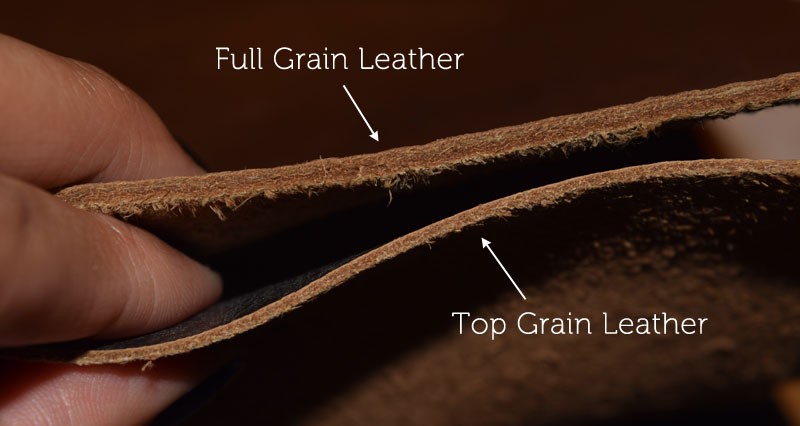
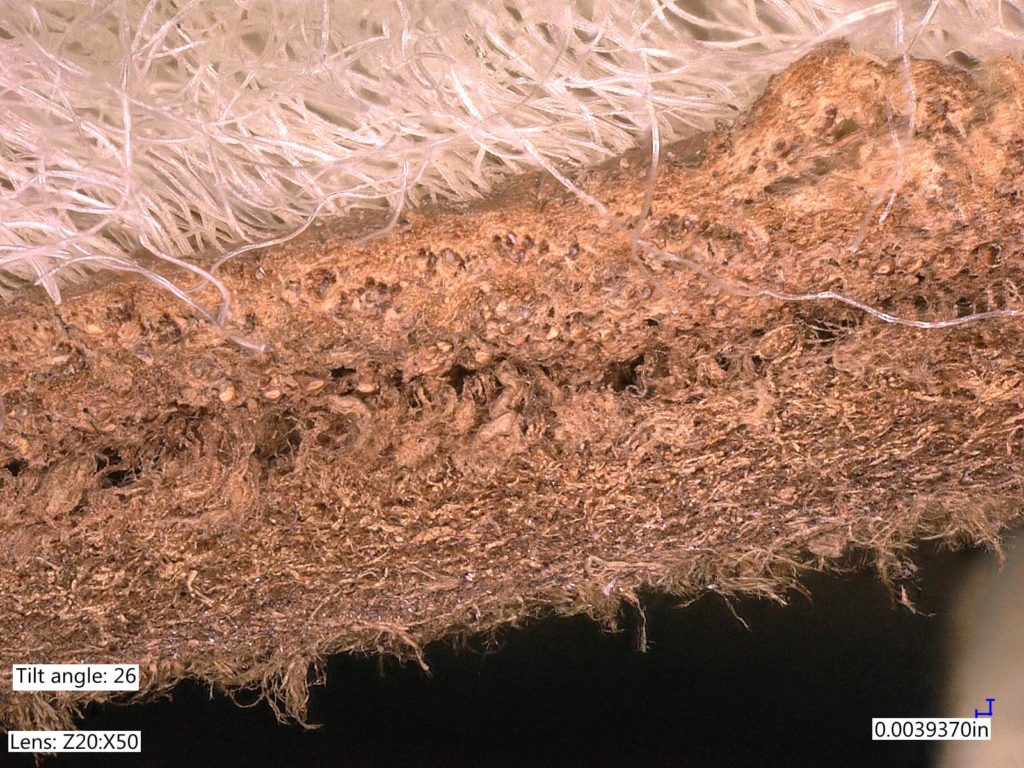
Genuine leather
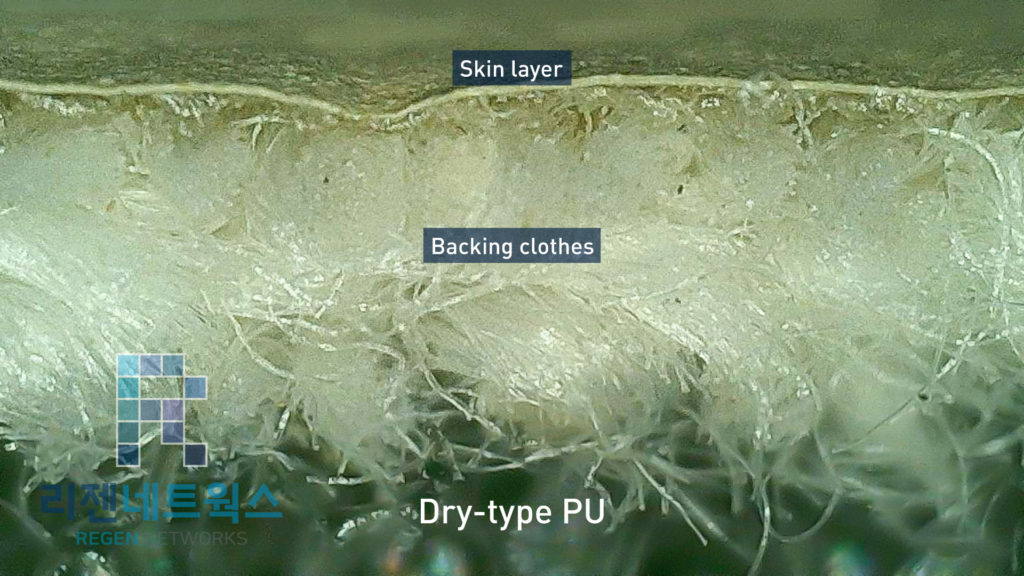
Synthetic leather: PU leather (Dry type) structure
Production
Many different methods for the manufacture of imitation leathers have been developed, depending on each type of main chemical using.
With PVC leather, there are two common methods: casting and calendaring. The casting method involves dissolving PVC powder in a solvent, coating it on release paper, and then adhering it to a backing fabric. The calendaring method involves coating PVC layers directly on a backing fabric and then embossing it.
Check out What is PVC leather
When it comes to PU leather, it is quite similar to the PVC casting method. It involves using an embossed Release paper and then coating it with PU liquid. After that, a backing fabric adhesive is applied. Once the Release paper is removed, the PU leather is completed.
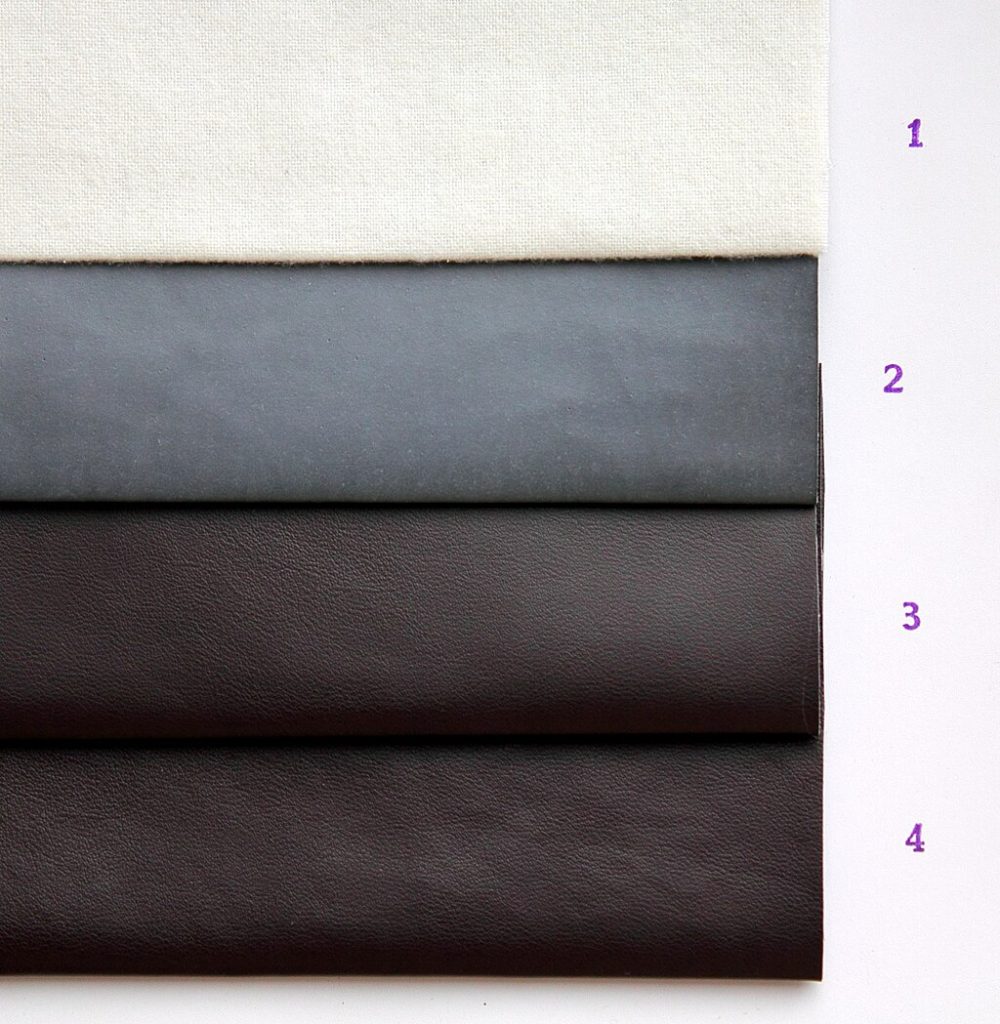
- The base fabric (backing clothes)
- A polyurethane coating is applied
- A color coat is added
- A textured finish is added
It is important to note that artificial leather has certain limitations compared to genuine leather. Various methods, such as TPU, Wet-type PU, Water base PU, etc., are used in its development. Additionally, materials to make vegan leather can be derived from fungi, yeasts, and bacterial strains using biotechnological processes. These updates aim to improve the disadvantages of artificial leather and create a cheaper and better product.
Artificial leather finds numerous applications in our daily lives due to its versatility and affordability. Here are some common uses of artificial leather:
- Upholstery: Artificial leather is extensively used in furniture upholstery, providing a leather-like appearance at a lower cost. It is commonly seen in sofas, chairs, and car interiors.
- Clothing and Accessories: Many fashion brands incorporate artificial leather into their clothing and accessory lines. It is used to make jackets, pants, skirts, handbags, wallets, and belts, offering a stylish and cruelty-free alternative to genuine leather.
- Footwear: Artificial leather is widely used in the production of shoes and boots. It provides durability, water resistance, and a wide range of design options, making it a popular choice for both casual and formal footwear.
- Automotive Interiors: Artificial leather is commonly used in the automotive industry for seat covers, steering wheel covers, and interior trim. It offers a cost-effective alternative to genuine leather while maintaining a luxurious appearance.
- Electronic Device Covers: Artificial leather is often utilized in the manufacturing of phone cases, tablet covers, and laptop sleeves. It provides protection against scratches and adds a touch of style to electronic devices.
- Medical and Sports Equipment: Artificial leather is also used in the production of medical equipment, such as examination tables and treatment beds. Additionally, it is used in sports equipment like gloves, ball covers, and protective gear.
- Interior Design: Artificial leather can be found in various interior design elements, such as wall coverings, decorative panels, and cushions. It offers a wide range of colors and textures, allowing for creative and customizable design options.
It is important to note that while artificial leather provides an alternative to genuine leather, it may not possess the same level of breathability and natural aging characteristics. However, advancements in technology continue to improve the quality and durability of artificial leather, making it an increasingly popular choice in various industries.
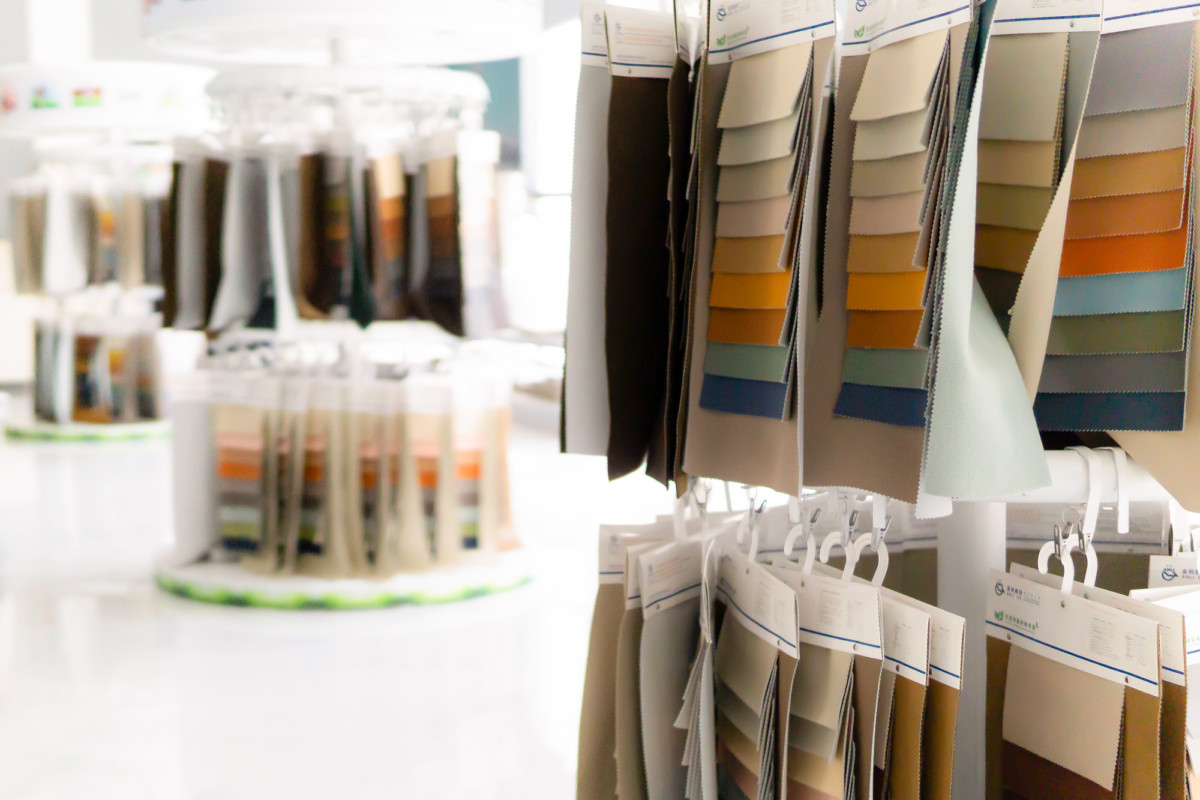
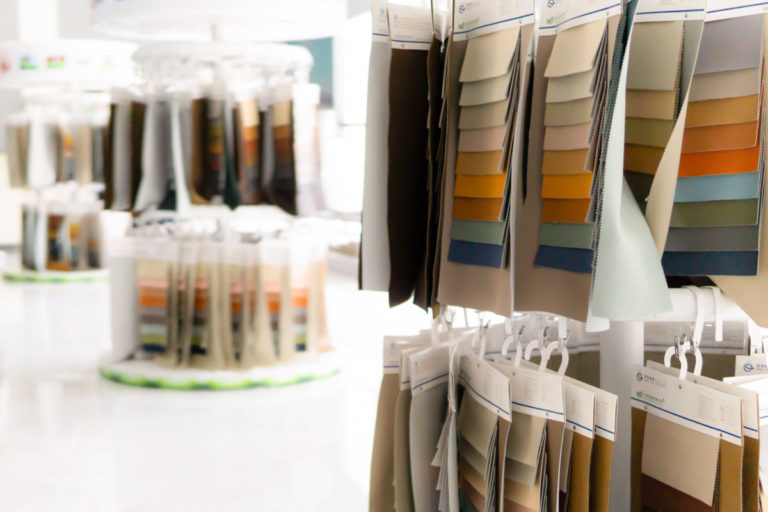
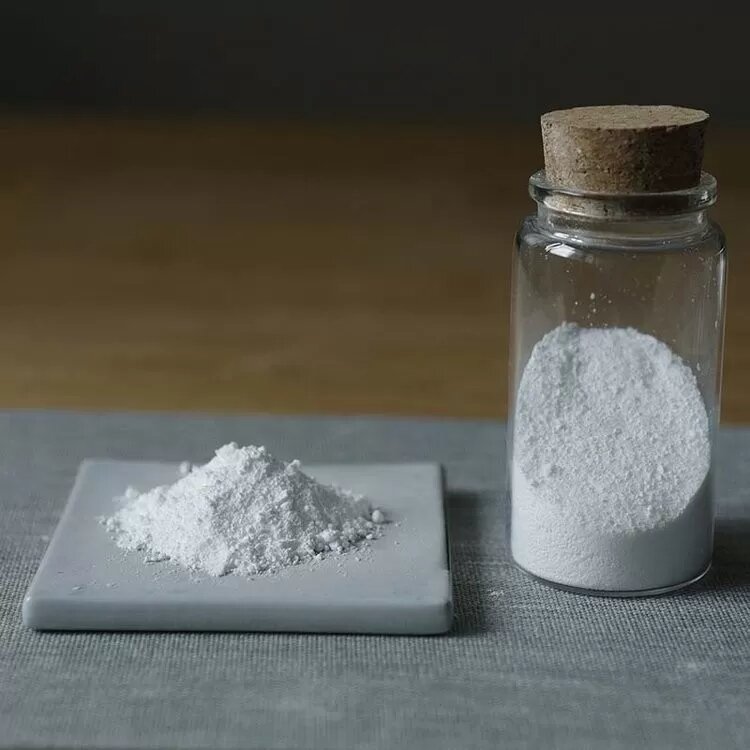
Leave a Reply